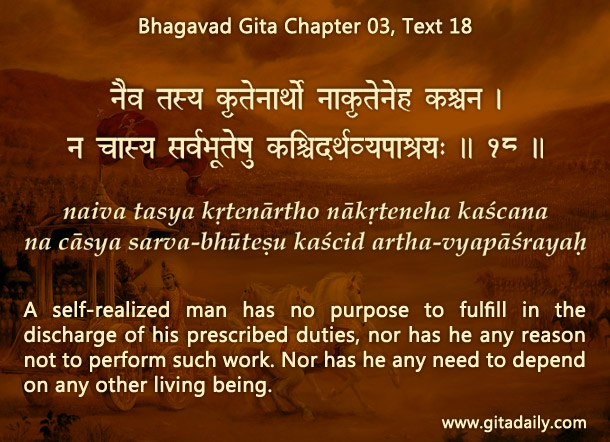Some people hesitate to take up spiritual life because they think that it requires them to renounce things such as worldly possessions, activities and relationships.
While renunciation is a part of spiritual life, it is not the essence – the essence is an inner connection with the supreme spiritual shelter, Krishna. Shelter refers to the thing in which we seek relief amidst distress. We all have our shelters. Infants takes shelter of parents, victims takes shelter of the police and patients takes shelter of doctors. Though these worldly shelters offer some solace and are even essential at certain stages of life, they can offer no shelter at the time of death. Even during the course of life, they sometimes fail to offer solace. They are all fallible shelters; Krishna alone is the infallible shelter.
Unfortunately, as long as we have worldly shelters, we often get lulled into a sense of complacency and don’t seek Krishna’s shelter. Therefore, some spiritual paths urge us to renounce worldly shelters so as to impel us to seek some higher shelter, culminating in Krishna’s shelter.
Such elevation from material shelters to spiritual shelter is evident in the progression in the Bhagavad-gita’s statements about shelter. Initially, the Gita (03.18) urges us to give up the shelter of other living beings. Subsequently, it (07.01) asks us to practice bhakti-yoga for gaining Krishna’s shelter. And finally, it (18.66) emphatically reiterates that call to take Krishna’s shelter.
While some paths reject all relationships, bhakti-yoga spiritualizes our relationships. It helps us gain greater shelter of Krishna by developing spiritual relationships with advanced devotees. And it also enables us to share his shelter with everyone else by spiritualizing our relationships with them.
Thus, bhakti-yoga is the most accessible spiritual path; it centers not on losing, but on gaining – gaining the supreme shelter.

Explanation of article:
Podcast:



Leave A Comment